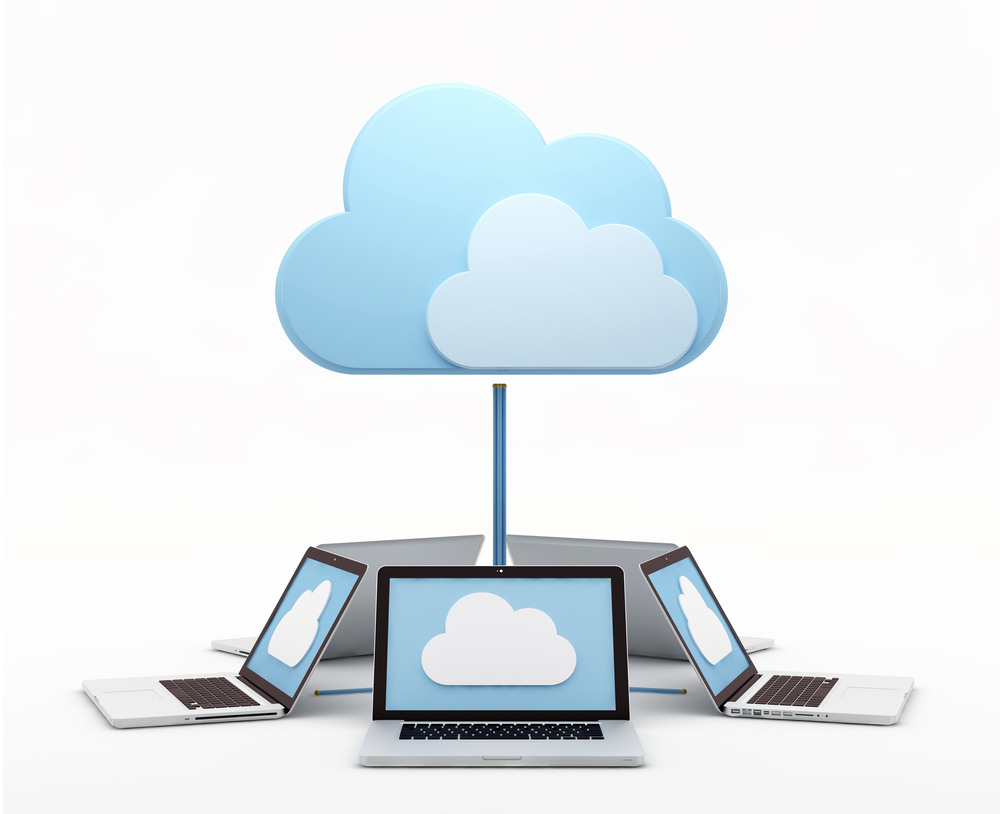Since the popularization of cloud-based software, industries across the board of have taken advantage of the opportunities it has made available, particularly in regards to data management. The Human Resources department is no exception. In fact, according to a Deloitte study, 39% of companies are leveraging social data to support efforts around recruitment and engagement.
Cloud technology has also enabled HR professionals to rethink how they view benefits management. Accordingly, consider the following opportunities and challenges of using cloud-based benefits management.
Opportunities
Flexible Benefits Strategies
Workforces that are made up of multiple generations require flexibility – one size does not fit all when it comes to any company with newly graduates to near-retirees. Cloud-based benefits management makes it easier to manage a variety of options, to adapt to changes in both benefit design and legislation, and serve as a customizable platform for each individual employee. It is important to know which benefit each person values; with multi-generational workforces it’s important the scheme, design, and the way benefits are communicated reflect each individual’s personal circumstances and needs.
Similarly, there are a wide range of wellness programs, but needs may significantly differ by demographic. It’s important to cater to all employees to ensure that the services offered range from comprehensive health screenings, either on-site or near their work, to discounts on health-related activities in various adventurous locations. By offering options through an engaging but simple to administer software solution, the decision as to how benefits are used can be given to the individual.
Employee Data Management
Data management is one of the biggest advantages of implementing cloud-based benefits management. Cloud-based platforms can centralize multiple data sources so that employers can leverage employee data, using it to create more benefits or address unspoken issues. For example, with the influx of wearables in the workplace, companies are now able to obtain tremendous amounts of data and use that information to monitor and improve employee productivity, as well as reduce health care costs.
Other data, such as the large percentage of companies using social data mentioned above, is used to show employers specific patterns. For example, do more people leave during a certain time of year, or do they call out sick more often during the holidays? From this data, companies can work to find solutions that would entice people to stay, or what benefits and improvements companies can implement to help it attract people with top skills.
Bonus opportunity: reduce data breach risks
Storing employee data in one central area (the cloud) rather than spreadsheets can also help to keep companies more organized and greatly reduce the risks that come with spreadsheets. Spreadsheets are easily accessible – even by those who are unauthorized to access the information. If you’re interested in more background on spreadsheet risks, check out my colleague’s article here. Cloud-based software helps to reduce these risks.
Global Engagement
When a workforce is globally dispersed, it can be difficult to engage each employee individually. But with cloud-based benefits management systems, employers are able to easily customize engagement with different offices and regions. Furthermore, employees from offices across the globe feel more included, because they can easily access their personal benefits information – along with company updates – from any device at any time. The accessibility factor increases communication and engagement within the company, which ultimately creates a greater company feel and increases work productivity amongst coworkers.
Using global cloud-based benefits systems can also help streamline how multinational organizations present their global brand to employees. With multiple offices and people, each workplace is able to compile different aspects of their work to create a consistent brand that accurately supports their company’s global identity, communicating the same look, feel and structure across locations.
Challenges
Because cloud-based benefits management platforms are still emerging in popularity and benefits, there are still some associated challenges that companies should look out for when choosing a solution.
24/7 Accessibility
While using the cloud means access from anywhere, anytime, there is one inherent flaw: an Internet connection is required, since the cloud relies on Internet storage. This could potentially cause problems during emergencies or urgent situations when there is an Internet or power outage in a building. In this case, employees may not be able to access their information, such as healthcare information, until they can find another source of Internet. One way around this hiccup is to choose a provider that offers customized smartphone apps, which wouldn’t require WiFi and can instead leverage a carrier connection, that integrate seamlessly with your company’s benefits strategy.
Platforms are not always all-encompassing
It is hard to find one solution that can do it all. Some cloud-based benefits management platforms may be lacking important capabilities, such as a reimbursement strategy or training programs. Consequently, many companies opt to use multiple platforms. If not managed properly managed, having multiple platforms can lead to a fragmented benefits and rewards experience for employees. Be careful to select a provider that can meet all of your company’s needs through best of breed solutions.
Weighing the pros and cons
Tallying the opportunities and challenges, it wouldn’t be surprising if all cloud-based benefits management platforms were moved to the cloud sooner than year 2020, as predicted. As the strategy becomes more widely adopted, we can expect that the benefits will continue to outweigh limitations.
In fact, a recent report by Deloitte states, “The rapid evolution of cloud technology is encompassing even more HR activities than traditional models, leaving HR to spend the majority of its time on advising and consulting executives on people-related strategies.”
What more could HR departments and professionals ask for?
————–
Sal Apuzzio is the SVP of sales for Thomsons Online Benefits, the developer of Darwin™, the leading software for global employee benefits administration.
Thanks for reading CPA Practice Advisor!
Subscribe Already registered? Log In
Need more information? Read the FAQs
Tags: Benefits, Cloud Technology, Payroll, Technology




